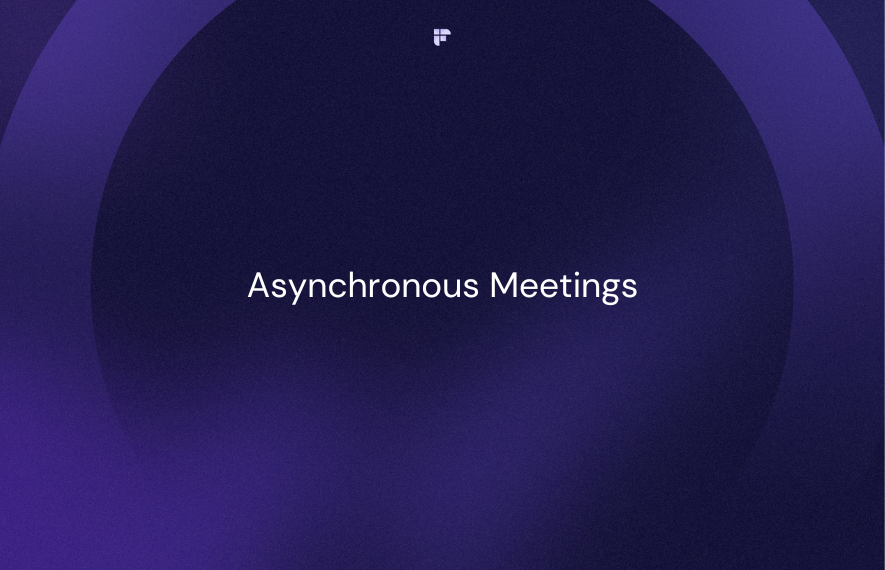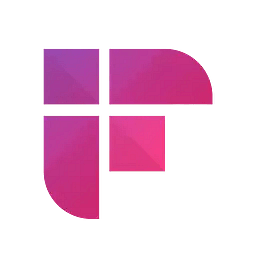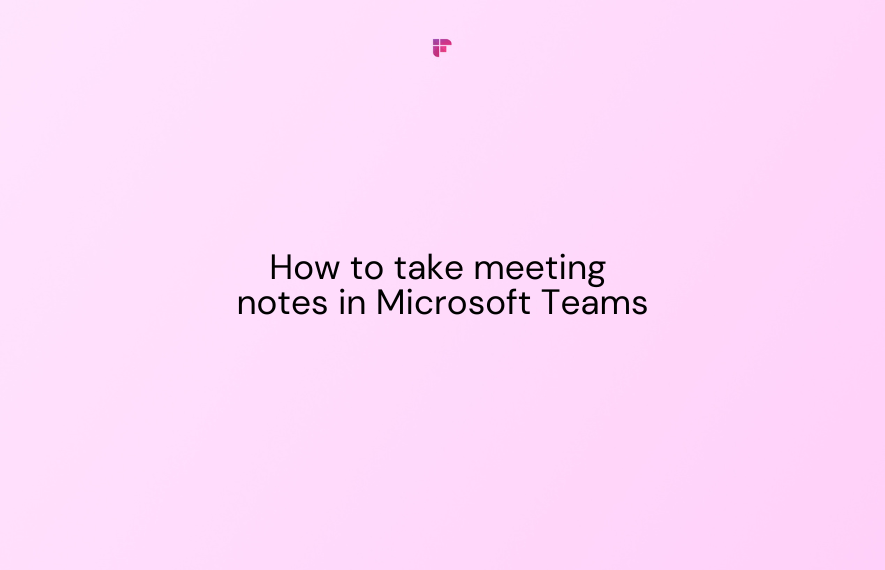Asynchronous communication vs. synchronous communication--managing this dilemma is a common challenge in remote work and distributed teams. “Should I call?” Or, “Should I just drop a text?” We've all been there.
Communication is the keystone skill in remote companies. Without effective communication, progress stalls, confusion arises, and people lose track of the goal. Choosing a communication channel affects how the message will be perceived and considered.
But not all channels are the same—the preference depends upon the goal of communication. If it’s urgent and should be done at the exact moment, it’s synchronous communication. If it offers flexibility and greater execution time, it’s asynchronous communication.
In this article, you’ll learn about the difference between the two types of communication with examples, best async tools, and tips for effective communication.
What’s the Difference between Asynchronous Communication and Synchronous Communication?
The literal meaning of synchronous is existing or occurring at the same time. Asynchronous means the opposite.
Let’s put this simply: synchronous communication happens in real-time, in the same moment. Whereas asynchronous communication happens over a period of time, giving flexibility to the parties involved.

In synchronous communication, two parties exchange information in real-time simultaneously. It doesn’t necessarily need to be in-person. It’s also a natural way of communication—we've relied on real-time interactions since childhood.
Before the pandemic, sync communication was the default in most organizations. But remote work trends reveal that most companies are now using async video communication for collaboration.
Sync communication works best when:
- You have to provide critical feedback or discuss sensitive projects or issues.
- You have many unknowns and want to brainstorm different solutions with teammates
- You are working on a project with many dynamic variables, and you want to quickly bring everyone on the same page quickly via a project kickoff meeting
- Building rapport with people (e.g., team meetings, company retreats, one-on-ones)
- The crisis happened and required immediate resolution
However, the downside of synchronous communication is that it’s time-consuming. It’s challenging to schedule meetings with busy people and block their time.

In asynchronous communication, there is a delay between the time a message/information is sent and the time the recipient interprets it. Thus, you don’t need to block someone’s time if it isn’t urgent. You let them think through the message and respond in the time that best suited them. For remote workers, async is king.
Async communication works best when:
- There’s no need for an immediate answer
- There’s a need to collaborate with your teammates from different time zone
- You want to offer context before or after a real-time event
- You need to explain and document a complex concept or task so that people can reference it later
- You want to provide communication flexibility to your teammates
- You want to store your messages as a resource for other members
Today, effective asynchronous communication for remote work is a necessity—a crucial prerequisite. The benefits of asynchronous communication include making people proactive instead of reactive—people can respond and act in their own time.

Async communication is time-zone friendly, which means people don’t have to interrupt their work and sleep.
Synchronous vs. Asynchronous Communication Examples
Here are a few asynchronous vs. synchronous examples comparison. Synchronous includes real-time communication such as:
- In-person meeting
- Phone call
- Video calls (online and offline)
- Live online programs
- Talking to your teammate across your desk
- Coffee table discussions
- Water cooler chats
Asynchronous communication includes written communication such as :
- Emails
- Letters or direct mail
- Instant messaging on smartphones
- Direct messaging (e.g. WhatsApp, Twitter, or Instagram)
- Video messaging and collaboration (e.g. Loom)
- Chat collaboration tools like Slack (though this can be used synchronously and asynchronously)
- Project management tools (e.g. Asana, Trello)
- Company resources hubs and workspaces (like Notion)
- Collaborating on conversation intelligence software post meeting (e.g. Fireflies)
Best Asynchronous Communication Tools
1. Video Communication Tools

These tools can be used synchronously as well as asynchronously. While the traditional tools offer only live video features, new tools like Loom make async video communication easier.
There’s no need for live screen sharing with tools like Loom. You can instead record your screen and share it with anyone. Others can add comments, react, or mark any video part.
Video communication tools include:
2. Team Communication and Chat

Tools of this category also serve both—sync and async communication—needs. It really boils down to what the organization is trying to achieve with these tools. A popular tool in this category is Slack, a messaging communication app for work.
But it also offers call features. It depends on what’s included in the company’s asynchronous communication protocol and the urgency of the request.
Team communication tools include:
3. Collaborative Whiteboards

Remember the common scene at the office: people around a conference table and one person writing all the ideas on the whiteboard. That used to be very necessary for brainstorming. In remote work, digital whiteboards are great for such intense brainstorming sessions.
The features of digital whiteboards like Miro and Mural are alluring—you can freely arrange the boards in different forms and place sticky notes to enhance details. Further, you can set the board as a kanban board for mapping or diagramming.
Other team members can then respond asynchronously, at their own pace, by adding comments or modifying notes.
Collaborative whiteboard tools include:
4. Meeting Collaboration Tools
This category is growing fast as more and more companies are going remote. Teams use meeting tools to create agendas, schedule meetings, create meeting notes, and share them collaboratively.
One such tool is Fireflies.ai, a powerful conversation intelligence software. With Fireflies, you can miss an important meeting & still be fully up to date with that particular meeting.
This is possible by going through the meeting transcript, sharing that transcript, and listening to the meeting recording. It surfaces action items and other key insights from your calls to name a few.
And all these coaches you to have better interactions with your teammates and clients.
Fireflies' team collaboration feature is Threads. It enables you to leave comments at different parts of recorded calls, and a time-stamped note will be created for future reference.

You can comment or ask a question on any part of the call. Others can see and reply to your comment. You can even send a web link in Threads. Further, you also have the option to edit or delete comments or replies.
This means that you can collaborate with others as you do in a live meeting. Except, now you have the liberty to listen, highlight, and extract a summary of your conversations.
Meeting tools include:

5. Standup Tools

In remote work, standups are a must to maintain the team's progress. Using standup tools helps catch up with the teammates and resolve project bottlenecks.
Many tools in this category offer specific functionality. Others like Friday offer more robust features to set updates and team check-ins for various functions, including daily standups, weekly check-ins, one-on-ones, etc.
These standups become a type of asynchronous meetings. Co-workers can catch up and ask for updates on a task. This is mostly done by text to reference a historical record later.
Standup tools include:
6. Knowledge Management Software
One of the most crucial tools in asynchronous communication is company wikis. Think of a company wiki like Wikipedia but for company-related information and knowledge. Wikis are often the one-stop destination for details about a company's culture, operations, strategic reports, meeting notes, and presentations for reference across the company.
Wikis or knowledge management software solutions aren't documented editors. Instead, they are well-structured and interlinked repositories for files, media, documents, with the option to edit and comment on a record.
Knowledge management tools include:
7. Project Management Software

Project management tools aren't strictly categorized as asynchronous communication tools. You can work in an in-house office and still use project management software. However, the core nature of these tools enables seamless asynchronous communication.
When teams are spread across the globe, these project management tools help track the progress of every task. Hence, these tools are best for task tracking, commenting, ownership, timeline, and project details. These provide a written record that helps move the project forward towards completion.
Project management tools include:

Tips for Better Async Communication
- Use async communication wisely: Define the goal of communication before dropping your teammate a text. Async is the way to go if there's a time zone difference.
- Be as detailed as possible: There's always a delay in getting replies in the async mode of communication. Thus, it's best to provide all the details in the same message to avoid confusion and speed up progress.
- Select the best tools: Ensure your team is receptive to the tools you're using. As a rule, use robust tools (e.g. Microsoft Teams, Asana, Slack) for your organization.

- Limit notifications: Async communication can also be time-consuming if you don't restrict notifications. This is a common communication mistake. Constant notifications interrupt focus and make you feel the need to reply to them simultaneously. Tell your co-workers when you're not working, out of work hours, or don't want to get disturbed.
- Meeting deadlines: Sometimes, the recipients are not aware of the urgency of your request. In this case, it's best to clarify and reiterate the deadline so that they can prioritize your request.
- Append supporting media or documents: This prevents ambiguity. This can be a Loom video, Google Docs, PDFs, or a Notion document link.
Conclusion
The best mode of communication (synchronous and asynchronous) is the one that matches your needs. For most companies, both are prioritize; while others prefer one over the other.
Most remote teams, for example, prefer asynchronous communication—mostly due to time difference.
And since most companies are now adopting remote work systems, we're witnessing a rise in async communication tools. The above tips and list of asynchronous tools will help you understand how to make async communication effective and the tools you need to make it happen.
Image illustrations by Storyset








